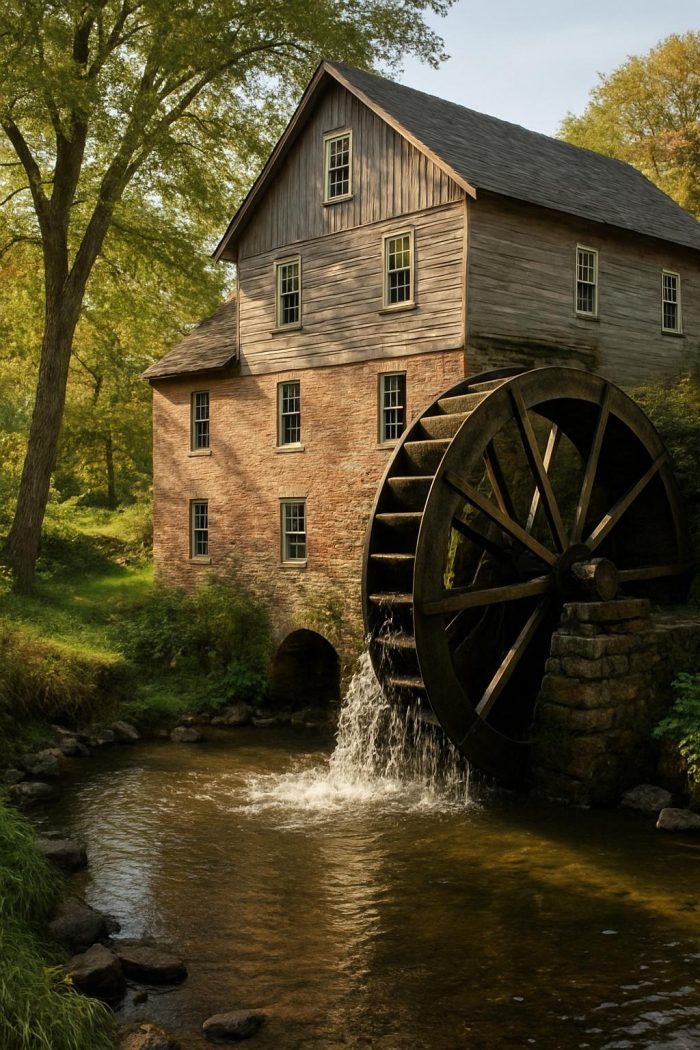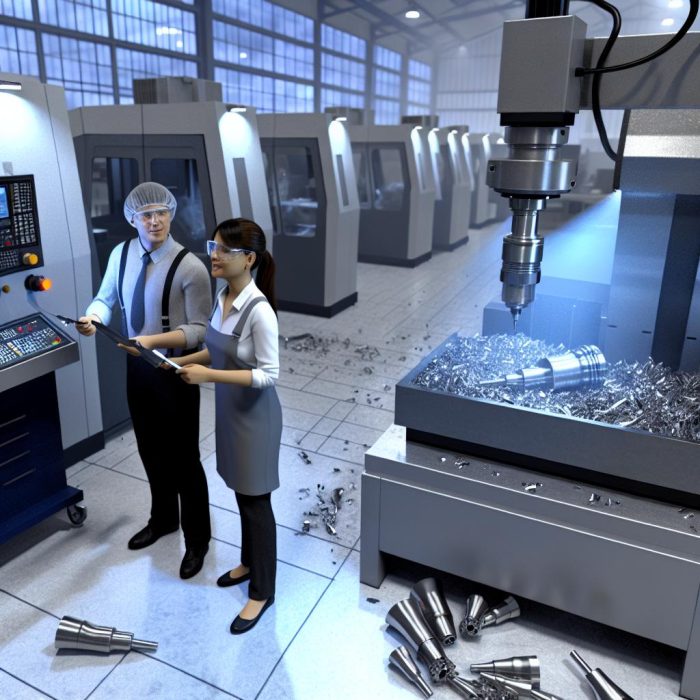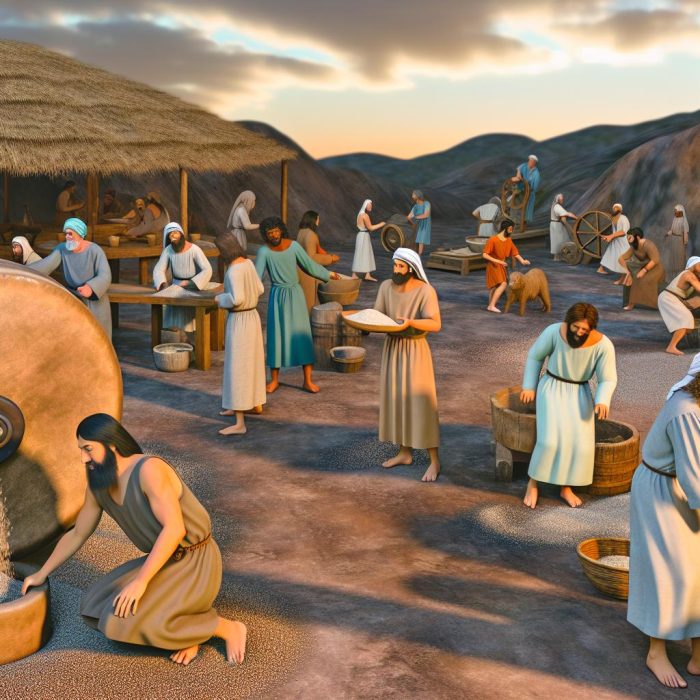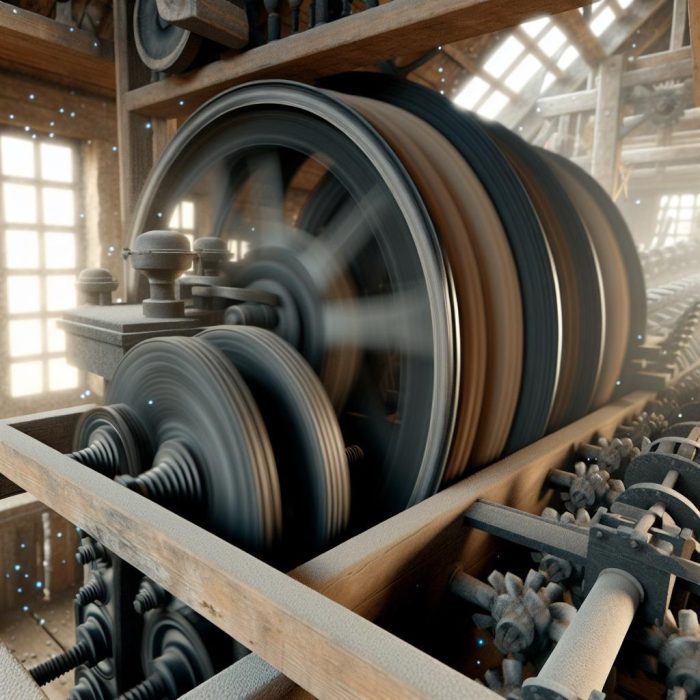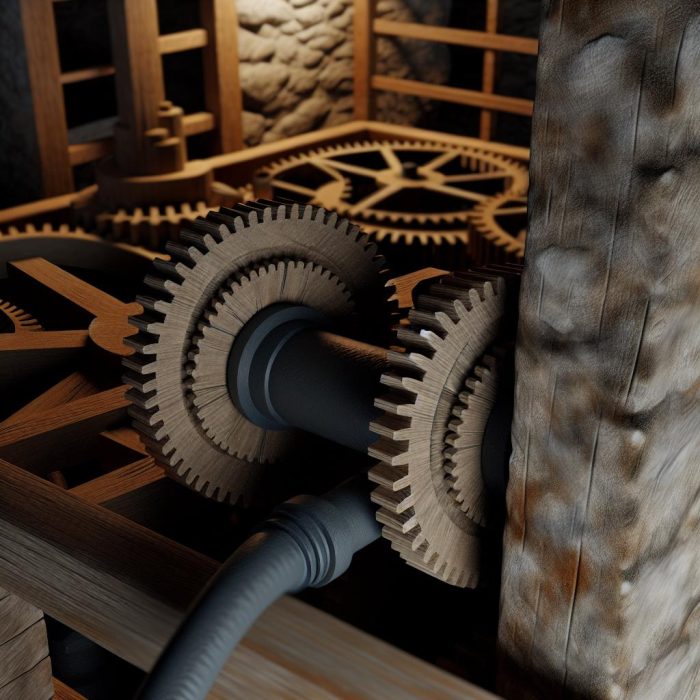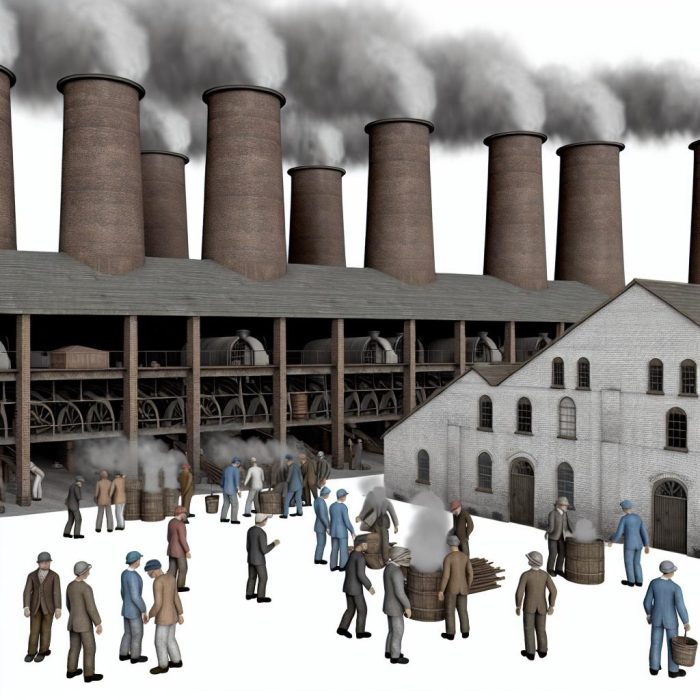The Symbolism of Mills in Children’s Stories and Folklore
Mills, often depicted as quaint or mysterious structures, play a significant role in children’s stories and folklore. These buildings, typically set in rural landscapes, are more than just places for grinding grain. They are imbued with symbolism and frequently serve as pivotal elements in narratives.
The Mill as a Setting for Adventure
In numerous stories, mills are depicted as places of intrigue and adventure. Located in isolated areas, these structures, accompanied by the rhythmic sounds of grinding, create an atmosphere ripe for storytelling. Characters often find themselves at mills when they are on a quest or require guidance, emphasizing a transition from the known to the unknown. These transitions often lead to self-discovery, growth, and the unraveling of complex narratives that captivate readers or listeners.
The location of a mill often complements the adventurous arc of a story. Its seclusion allows the characters to retreat from societal constraints and engage with their innermost quests. This dynamic environment invites readers to imagine the myriad paths a story could take, making the mill not just a setting but a catalyst for discovery and transformation. As a place of adventure, the mill can hide secrets, offer shelter from pursuit, or present challenges that must be overcome.
The Mill as a Source of Magic
Many folk tales imbue mills with magical properties. One such example is found in tales like “The Little Match Girl,” where mills produce not just flour but also wealth or magical items. This imbues mills with a dual nature, ordinary by day and extraordinary by night. This duality makes mills an apt symbol for transformation. Employing this motif, storytellers can delve into themes of change, highlighting the mill as a crucible where ordinary materials are transformed into the extraordinary.
Magic in these settings is often employed as a plot device to help characters achieve feats otherwise impossible, creating narrative richness through the blending of the mundane with the mystical. This magical aspect of mills not only serves to progress the story but also challenges the characters to navigate a world where the line between reality and the supernatural is blurred.
Mills and Economic Significance
Beyond their magical properties, mills in stories also often represent economic prosperity. In tales where a mill is passed down through generations, it symbolizes stability and wealth. Conversely, the loss of a mill is frequently depicted as a family’s fall from grace or fortune, highlighting its importance as a livelihood in historical contexts. This representation of mills underscores the vital role they played in agrarian economies, serving as the backbone of community sustenance and stability.
The depiction of economic significance in these stories often draws from historical realities. Mills were once central to local economies, a place where grain was processed for food, symbolizing sustenance and survival. The prosperity or decline of a mill can drive narratives of growth or hardship, reflecting societal concerns and resonating with audiences familiar with the significance of such establishments.
Character Roles at the Mill
The characters associated with mills, such as millers, often take on unique roles in stories. Millers can be wise and altruistic or cunning and deceitful, reflecting society’s varied view of those who controlled these essential resources. Their portrayal adds depth to the narrative, ensuring that mills serve not only as a backdrop but as integral to character development and plot progression.
Millers often act as intermediaries between different social strata, interacting with both the wealthy aristocracy and the everyday peasantry. This position affords them unique narrative opportunities to influence stories, acting as gatekeepers of secrets or as unexpected heroes or villains. By weaving the miller’s character intricacies into the narrative, storytellers are able to explore themes of power, trust, and morality.
Mills in Fairy Tales
In fairy tales, mills often function as the setting for crucial elements of the story. For instance, in “Rumpelstiltskin,” the miller boasts to the king about his daughter’s ability to spin straw into gold, setting the stage for the central conflict. This highlights how mills can serve as catalysts for action, propelling characters into the fantastical elements of the plot.
Fairy tales utilize the mill’s symbolic richness to craft stories that operate on multiple levels. The physical setting of the mill may suggest isolation or neutrality, but within the story, it is a fulcrum for magical or transformative events. As such, mills in fairy tales are instrumental, both in narrative framing and in the deeper thematic exploration of human experiences and lessons.
Conclusion
In children’s stories and folklore, mills are more than mere backdrops. They are imbued with deep symbolic meanings, depicting magic, transformation, and economic stability. They serve as both the setting and the impetus for the narrative’s unfolding, capturing the imaginations of audiences both young and old. For further exploration of how these symbols appear across cultures, various resources offer a deeper dive into the rich tapestry of stories featuring mills.
These narratives highlight the enduring fascination with mills, where the ordinary and the extraordinary intertwine, offering invaluable insights into human nature and society. The symbolism of mills in these stories transcends time and culture, offering a fertile ground for exploring common themes of adventure, magic, and survival across generations.

